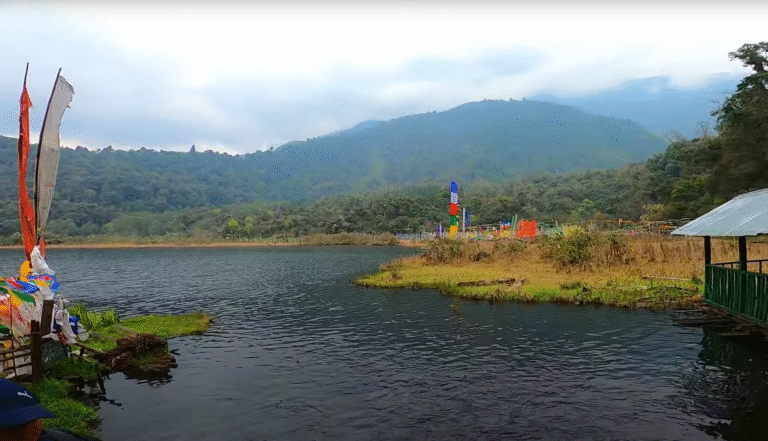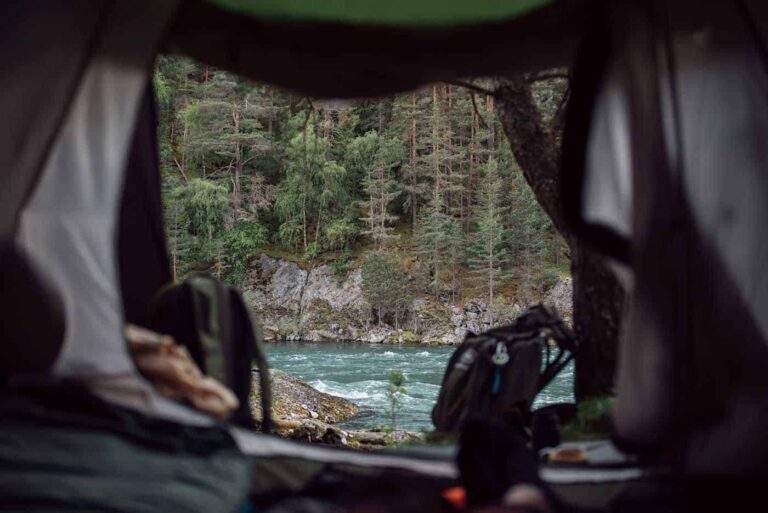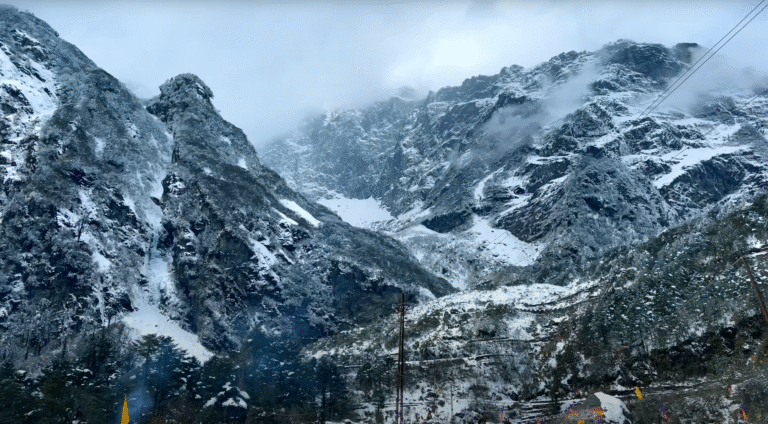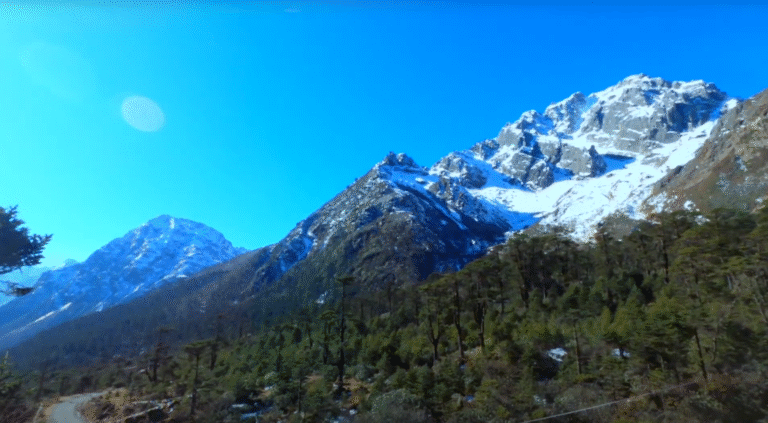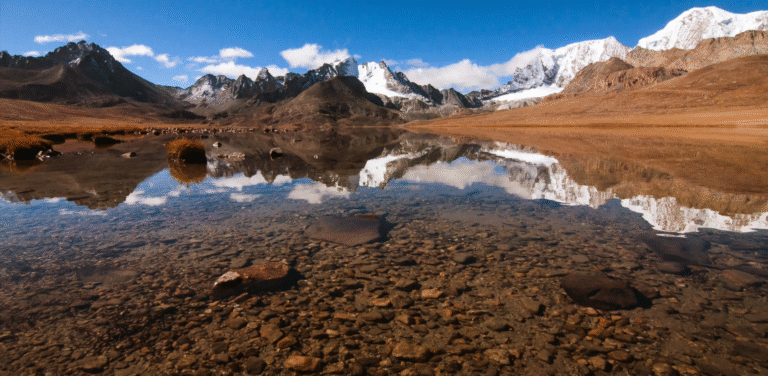Sikkim National Parks Travel Guide: Exploring the Himalayan Wilderness
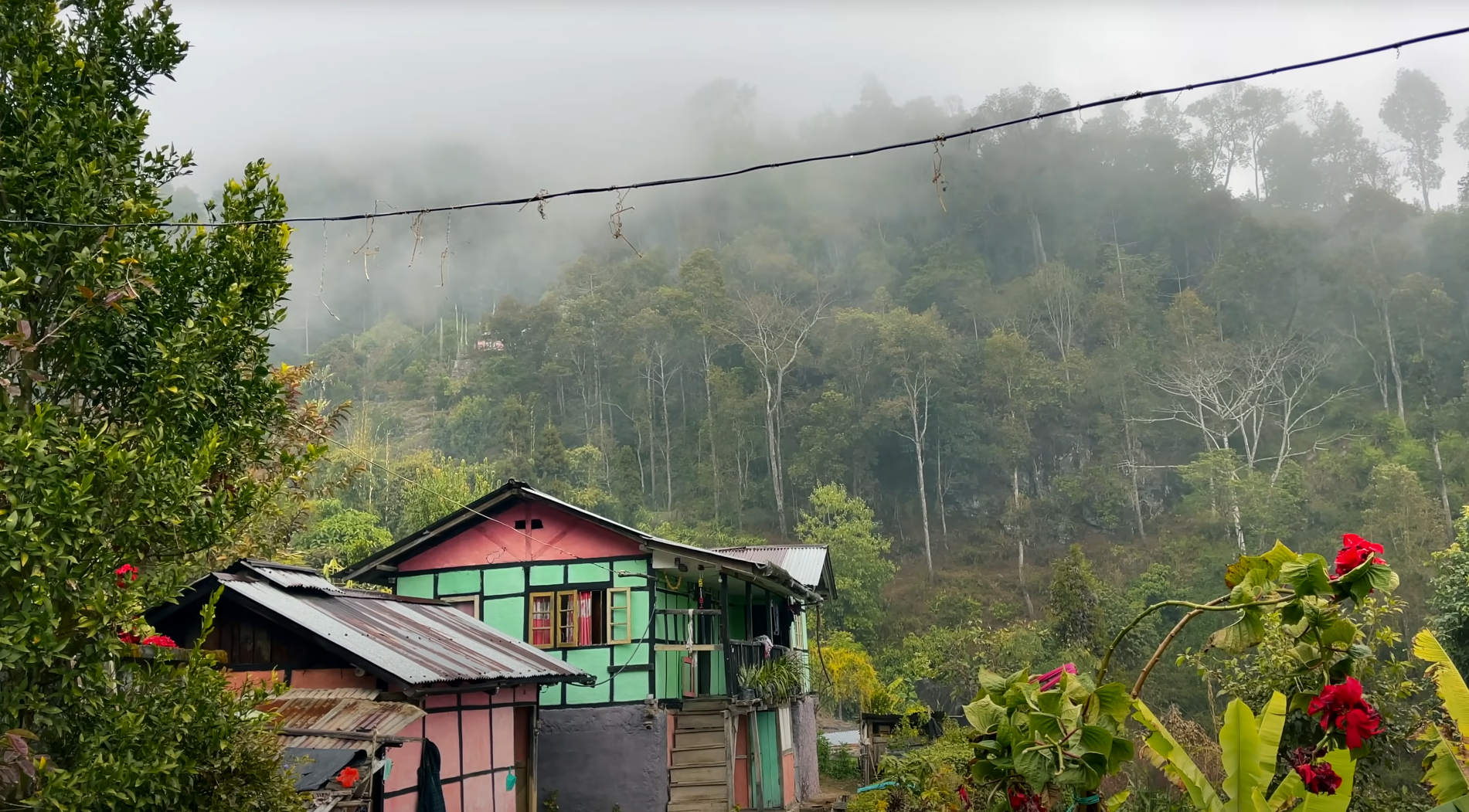
Hidden among in the lap of the mighty Himalayas, Sikkim is one of India’s most enchanting states—a blend of snow-clad peaks, mystical monasteries, rich culture, and breathtaking natural diversity. Despite its small size, Sikkim boasts a remarkable number of protected areas and national parks, making it a paradise for wildlife lovers, trekkers, and eco-travelers. From the world-famous Khangchendzonga National Park, a UNESCO World Heritage Site, to lesser-known wildlife sanctuaries teeming with exotic flora and fauna, the state is an epitome of natural beauty and conservation success.
This travel guide will take you through the national parks of Sikkim, how to explore them, when to visit, entry fees, nearby attractions, trekking options, and practical travel tips. Whether you’re a first-time visitor or a seasoned adventurer, this guide will help you craft a perfect itinerary around Sikkim’s natural wonders.
🌲 Why Explore National Parks in Sikkim?
Sikkim may be small, but it is one of the world’s richest biodiversity hotspots. Located in the Eastern Himalayas, the state harbors over 4,500 flowering plants, 550 species of birds, 150 species of mammals, and countless butterflies and orchids. The presence of glaciers, alpine meadows, subtropical forests, and river valleys gives it unique ecosystems rarely found elsewhere in India.
Key reasons why Sikkim’s national parks are must-visits:
- UNESCO Recognition: Khangchendzonga National Park is inscribed as a UNESCO World Heritage Site (both natural and cultural).
- Rare Wildlife: Snow leopards, red pandas, musk deer, and Himalayan tahr roam these forests.
- Adventure Trekking: World-class trekking routes like Goecha La and Dzongri lie within park boundaries.
- Sacred Landscapes: Many parks are considered sacred by locals, blending spiritual significance with natural preservation.
- Eco-Tourism Focus: Sikkim is India’s first organic state and practices sustainable tourism across its parks.
Sikkim’s national parks are perfect for travelers who enjoy a mix of adventure, culture, and nature. From trekking to photography, from birdwatching to meditative walks in remote valleys, there’s something here for everyone.
🏞️ List of National Parks and Sanctuaries in Sikkim
Though Sikkim officially has one designated national park, it also has multiple wildlife sanctuaries and conservation reserves that function similarly to national parks. Together, they cover nearly 30% of the state’s area.
1. Khangchendzonga National Park (Kanchenjunga Biosphere Reserve)
- Location: West and North Sikkim
- Area: 1,784 sq. km
- UNESCO World Heritage Site
- Best For: Trekking, glaciers, high-altitude wildlife
The crown jewel of Sikkim, Khangchendzonga National Park, is named after Mt. Khangchendzonga (8,586 m), the world’s third-highest peak. This park is an awe-inspiring mix of towering peaks, sacred lakes, alpine meadows, and glaciers. The park stretches across altitudes from 1,829 m to 8,586 m, creating a diversity of ecosystems from subtropical forests to permanent snowfields.
Highlights:
- Trekking to Dzongri and Goecha La, with breathtaking views of Kanchenjunga.
- Sacred sites like Tholung Monastery, one of the most sacred in Sikkim, and Yuksom village, the first capital of Sikkim.
- Wildlife spotting: Red panda, snow leopard, Himalayan black bear, Himalayan tahr, and musk deer.
- Unique flora: Over 500 species of orchids, rhododendrons, and medicinal herbs.
- Lakes such as Khabom Lake and Tsomgo Lake, sacred to the local Bhutia and Lepcha communities.
Travel Tips:
- Entry permits are mandatory; foreigners require a Restricted Area Permit (RAP).
- Treks range from moderate to difficult; proper acclimatization is essential.
- Carry cash and local snacks; few facilities exist on long treks.
Entry Fee:
- Indians: ₹100
- Foreigners: ₹200
- Cameras/Video: Additional charges
2. Fambong Lho Wildlife Sanctuary
- Location: Near Gangtok (20 km)
- Area: 51 sq. km
- Best For: Birdwatching, orchids, day trips
A lesser-known gem, Fambong Lho is a lush sanctuary with subtropical forests, oak groves, and bamboo thickets. It’s home to rare species like the red panda, barking deer, and Himalayan black bear.
Highlights:
- Orchid houses and rhododendron blooms in spring.
- Trekking trails leading to Tinjure Hill, with panoramic Himalayan views.
- Birdwatching: Satyr Tragopan, Blood Pheasant, Fire-tailed Myzornis.
- Ideal for short treks and day picnics from Gangtok.
Travel Tips:
- Best visited between March and June for flowers or October to November for clear skies.
- Local guides can point out rare birds and medicinal plants.
3. Kyongnosla Alpine Sanctuary
- Location: On the Gangtok–Nathula Road (30 km from Gangtok)
- Area: 31 sq. km
- Best For: Alpine flowers, high-altitude lakes
Kyongnosla Alpine Sanctuary is famous for its alpine meadows and medicinal plants. It lies at an elevation of 2,500–4,000 m, providing a cool climate ideal for rare species. The sanctuary’s pristine environment allows trekkers to spot endangered animals like the snow leopard and Himalayan musk deer.
Highlights:
- Proximity to Tsomgo Lake and Nathula Pass, making it a convenient stop for tourists.
- Rich flora, including Dendrobium nobile (rare ground orchid) and rhododendron varieties.
- Short treks and day hikes suitable for families.
4. Shingba Rhododendron Sanctuary
- Location: Yumthang Valley, North Sikkim
- Area: 43 sq. km
- Best For: Rhododendrons, scenic valleys
Part of the famous “Valley of Flowers of Sikkim,” Shingba Sanctuary transforms into a vibrant carpet of rhododendrons from April to June. The sanctuary is also rich in birdlife, including species such as Himalayan monal, wood snipe, and blood pheasant.
Highlights:
- Trekking trails through colorful rhododendron forests.
- Nearby Yumthang Hot Springs for relaxation after hikes.
- Ideal for photography, nature walks, and picnics.
5. Maenam Wildlife Sanctuary
- Location: Namchi, South Sikkim
- Area: 35 sq. km
- Best For: Spiritual trekking, panoramic views
Maenam Sanctuary is perched at an altitude of 3,263 m, offering stunning views of Mt. Kanchenjunga and surrounding valleys. Known for its medicinal herbs, it’s also a spiritual hub with Maenam Gompa located inside the sanctuary.
Highlights:
- Trek to Maenam Peak for spectacular Himalayan panoramas.
- Wildlife includes red pandas, goral, barking deer, and Himalayan pheasants.
- Peaceful environment for meditation and nature photography.
Travel Tips:
- Best visited from March to June or September to November.
- Guides are recommended for trekking trails due to wildlife presence.
6. Kitam Bird Sanctuary
- Location: Between Namchi and Melli (South Sikkim)
- Area: 6 sq. km
- Best For: Birdwatching
Kitam Sanctuary is a paradise for bird lovers with over 200 bird species, including Yellow-vented Warbler, Scarlet Minivet, and Himalayan Cuckoo. The sanctuary’s subtropical climate allows year-round visits, making it one of Sikkim’s most accessible wildlife sites.
Highlights:
- Easy walks and trails through the forest.
- Opportunities to spot migratory birds during winters.
- Ideal for amateur and professional ornithologists alike.
🌄 Trekking Opportunities in Sikkim’s National Parks
Sikkim’s parks are not just for wildlife enthusiasts—they are world-renowned trekking destinations.
Popular Treks:
- Goecha La Trek (90 km, 8–10 days) – Challenging trek offering close-up views of Kanchenjunga and high-altitude lakes.
- Dzongri Trek (50 km, 5–6 days) – A shorter alternative to Goecha La, offering equally stunning views of alpine meadows and glaciers.
- Maenam Hill Trek (1–2 days) – Moderate trek suitable for beginners; combines spirituality and natural beauty.
- Yumthang Valley Walks – Short walks through rhododendron forests and flower-filled valleys.
- Tinjure-Milke-Jaljale Ridge Trek – Known as the “Bird Ridge,” ideal for birdwatching and panoramic Himalayan vistas.
Travel Tips for Trekkers:
- Acclimatize properly to avoid altitude sickness.
- Carry warm clothes, trekking shoes, and sufficient water.
- Hire local guides to navigate trails safely.
🕒 Best Time to Visit Sikkim’s National Parks
- Spring (March–May): Ideal for flowers, especially rhododendrons and orchids.
- Summer (June–August): Valleys are lush and green, though trekking can be difficult due to monsoons.
- Autumn (September–November): Clear skies, ideal for trekking and mountain photography.
- Winter (December–February): Snow-covered landscapes and low tourist traffic.
💰 Budget & Travel Costs for Visiting Sikkim’s National Parks
Travel costs depend on your travel style (budget, mid-range, luxury). Below is an approximate breakdown:
- Permits & Entry Fees: ₹100–200 per person per park.
- Guides/Trekking: ₹1,500–2,500 per day.
- Homestays/Hotels: ₹800–2,000 per night (budget), ₹3,000+ (luxury resorts).
- Transport: Shared cabs (₹300–500 per trip) or private taxis (₹3,000–5,000 per day).
- Food: ₹200–400 per meal at local eateries; more in tourist towns.
Estimated Budget for 7–10 days in Sikkim’s parks:
- Budget Traveler: ₹15,000–20,000
- Mid-Range Traveler: ₹25,000–40,000
- Luxury Traveler: ₹50,000+
📍 Travel Tips for Sikkim’s National Parks
- Permits: Many areas require Inner Line Permits (ILP) or RAP for foreigners. Carry ID proof.
- Altitude Caution: Some parks are above 3,000 m—acclimatize properly.
- Eco-Friendly Travel: Avoid littering, picking plants, or disturbing wildlife.
- Local Guides: Always hire licensed guides for treks.
- Connectivity: Internet and phone signals are weak in remote parks.
- Clothing: Carry layered clothing, rain protection, and trekking shoes.
- Cash: ATMs are limited in remote areas—carry enough cash.
🌿 Sustainable Tourism in Sikkim’s Parks
Sikkim stands out for its eco-conscious tourism model. It became India’s first fully organic state in 2016 and has banned plastic bottles in many areas. Community-based tourism is growing, with eco-villages and homestays offering immersive experiences. By traveling responsibly, visitors contribute to conservation and local livelihoods.
🏔️ Nearby Attractions to Combine with Park Visits
- Gangtok: The state capital with monasteries, MG Marg, and local markets.
- Yuksom: Gateway to Khangchendzonga treks with historic monasteries.
- Tsomgo Lake & Nathula Pass: High-altitude lake and Indo-China border experience.
- Pelling: Viewpoint for Kanchenjunga, waterfalls, and monasteries.
- Zuluk & Old Silk Route: Offbeat scenic drives and sunrise points.
✨ Conclusion
Sikkim’s national parks are more than travel destinations—they are living landscapes where nature, culture, and spirituality intertwine. From the grandeur of Khangchendzonga National Park to the vibrant blooms of Shingba Rhododendron Sanctuary, the tranquil forests of Fambong Lho, and the bird-rich Kitam Sanctuary, these parks promise unforgettable experiences.
Whether you seek adventure on high-altitude treks, peaceful walks through flower valleys, or rare glimpses of red pandas and snow leopards, Sikkim’s wilderness has something for every traveler.
Step into Sikkim’s magical landscapes—the Himalayas are calling!
